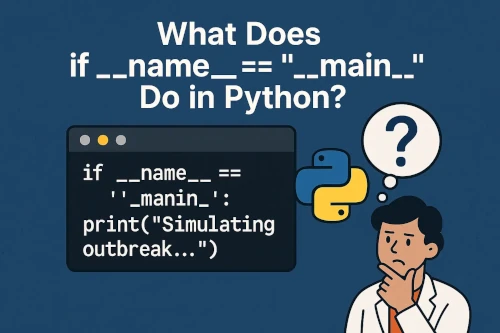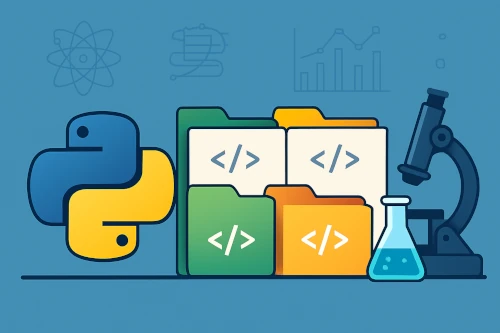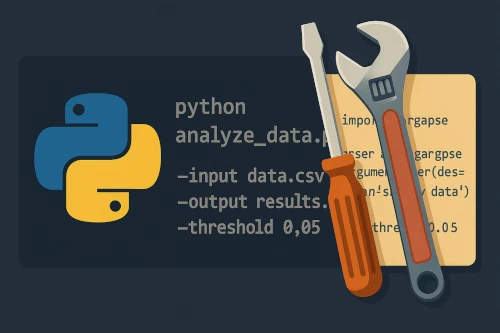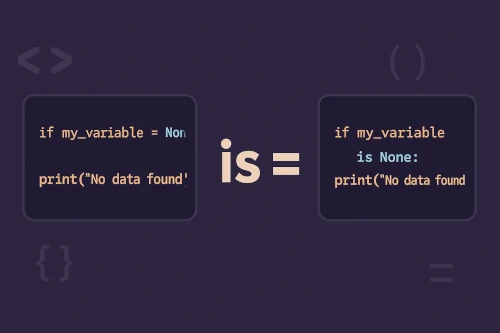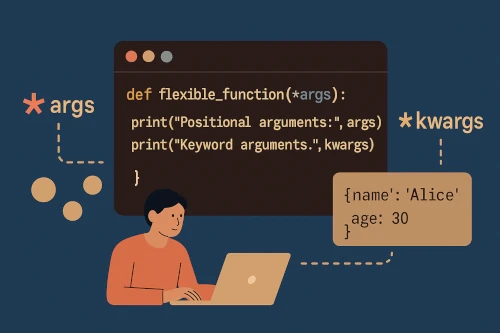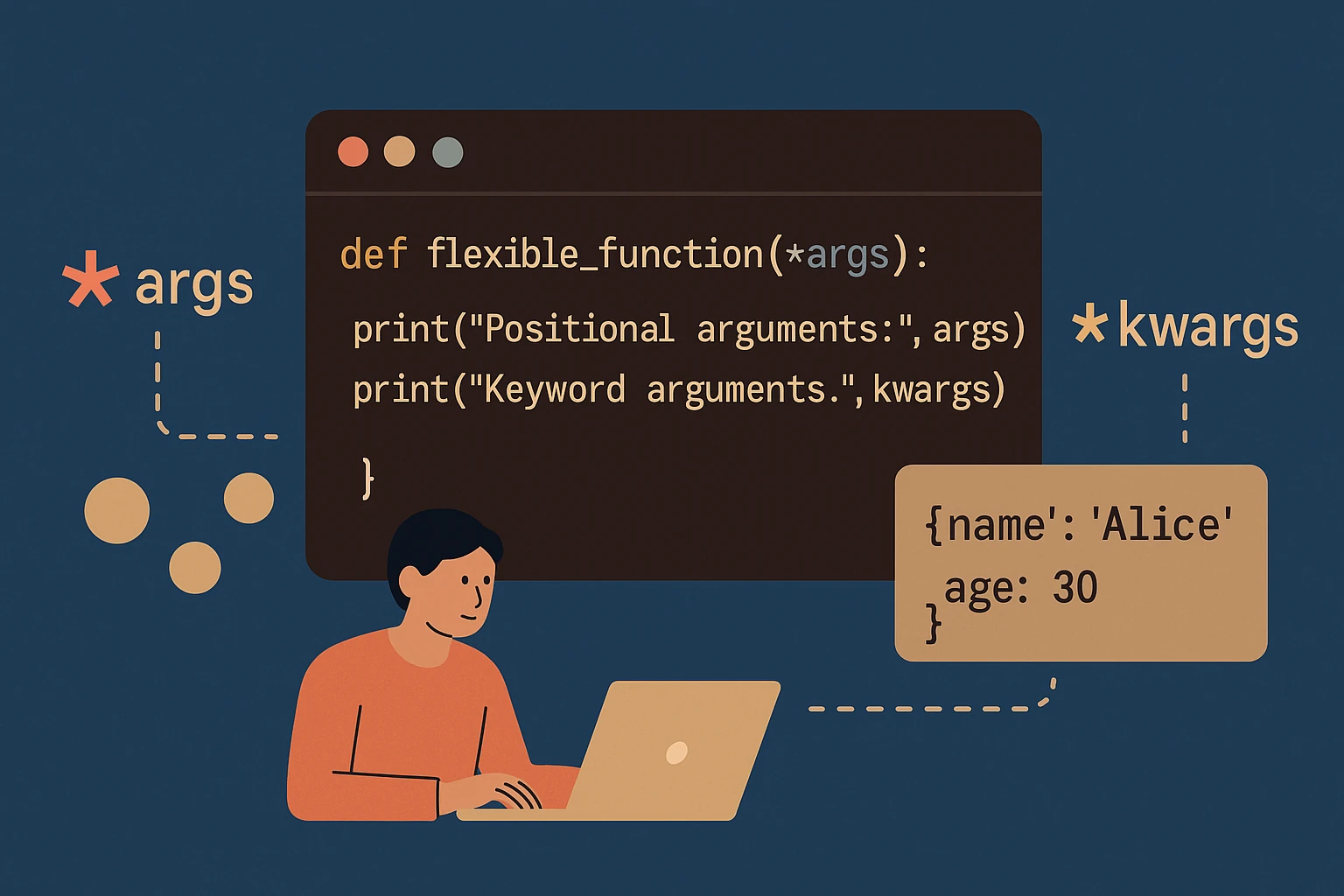
How *args and **kwargs Make Your Functions More Flexible
Ever found yourself writing functions that need to handle different numbers of inputs? Maybe you're analyzing datasets with varying numbers of columns, or building a simulation that sometimes needs 3 parameters, sometimes 10?
If you've been copy-pasting functions or creating multiple versions of the same code, there's a better way. Meet *args and **kwargs—Python's secret weapons for flexible functions.
Don't worry about the weird syntax. By the end of this post, you'll understand exactly what they do and how they can make your research code cleaner and more adaptable.
What Are *args and **kwargs?
Think of them as Python's way of saying "I don't know exactly what you'll pass me, but I'm ready for anything."
*args (arguments) lets your function accept any number of positional arguments.
**kwargs (keyword arguments) lets your function accept any number of named arguments.
Here's the simplest example:
def flexible_function(*args, **kwargs):
print("Positional arguments:", args)
print("Keyword arguments:", kwargs)
flexible_function(1, 2, 3, name="Alice", age=30)The function received 3 numbers and 2 named parameters, and handled them all gracefully.
Real Research Examples
Example 1: Flexible Data Analysis Function
def analyze_conditions(*conditions, method="mean", **analysis_options):
results = []
for condition in conditions:
if method == "mean":
result = sum(condition) / len(condition)
elif method == "median":
result = sorted(condition)[len(condition)//2]
results.append(result)
if analysis_options.get("normalize", False):
max_val = max(results)
results = [r/max_val for r in results]
return resultsExample 2: Flexible Plotting Function
import matplotlib.pyplot as plt
def plot_multiple_datasets(*datasets, **plot_options):
fig, ax = plt.subplots()
for i, dataset in enumerate(datasets):
ax.plot(dataset, label=f"Dataset {i+1}")
ax.set_title(plot_options.get("title", "Multiple Datasets"))
ax.set_xlabel(plot_options.get("xlabel", "X-axis"))
ax.set_ylabel(plot_options.get("ylabel", "Y-axis"))
if plot_options.get("show_legend", True):
ax.legend()
if plot_options.get("grid", False):
ax.grid(True)
return figWhy This Matters for Your Research
- Adaptable: One function handles multiple scenarios instead of writing separate functions
- Reusable: Share your functions with colleagues who might have different data structures
- Future-proof: Add new options without breaking existing code
- Clean: No more copy-pasting similar functions
Common Patterns You'll Use
Pattern 1: Optional Parameters
def run_simulation(base_params, **optional_params):
config = {
'iterations': 1000,
'seed': 42,
'verbose': False
}
config.update(optional_params)
return simulate(base_params, config)Pattern 2: Passing Arguments Along
def enhanced_analysis(data, *args, **kwargs):
cleaned_data = preprocess(data)
return main_analysis(cleaned_data, *args, **kwargs)TL;DR
*argslets functions accept any number of positional arguments**kwargslets functions accept any number of keyword arguments- They make your functions more flexible and reusable
- Perfect for research code that needs to handle varying inputs
Quick Practice
def calculate_stats(*data_arrays, **options):
# Your code here
passHow would you make it handle different statistical measures based on the options?
Final Thought
*args and **kwargs might look intimidating at first, but they're just Python's way of making your functions more accommodating. Think of them as the "one size fits all" solution for function parameters.
Once you start using them, you'll wonder how you ever lived without them! 🎯

